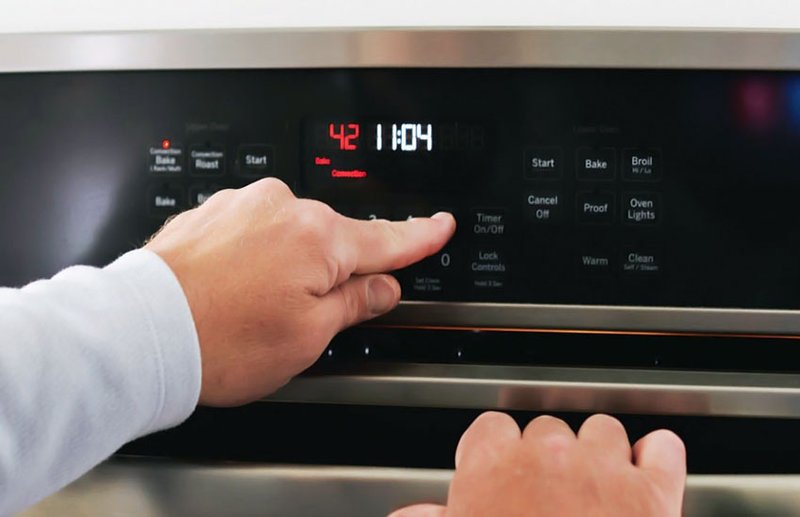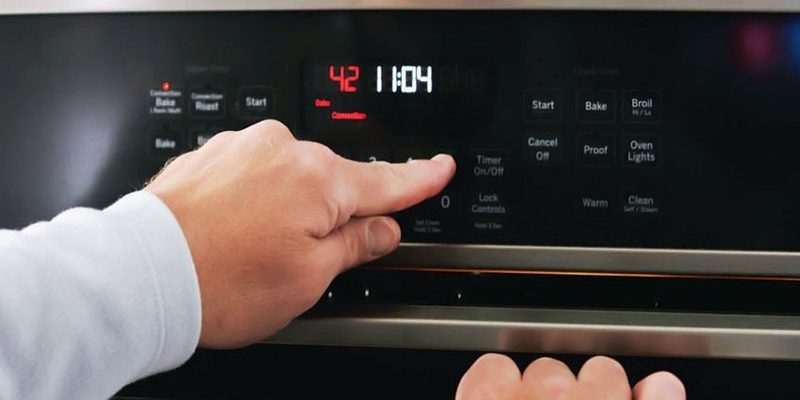
So, what exactly does this mysterious E1 code mean? Well, it usually points to an issue with the oven sensor or range. Sensors are crucial components that keep your cooking appliances working smoothly. They act like the brain, ensuring the temperature stays just right for whatever delicious dish you’re preparing. When the E1 error pops up, it means your oven sensor might not be measuring temperatures correctly. Let’s dive a little deeper to understand the common causes of this pesky error.
Understanding Error Code E1
Here’s the deal: the E1 error code is related to the temperature sensor of your LG oven or range. It’s a bit like a thermostat in your home, responsible for making sure the oven heats up properly and stays at the correct temperature. When this component isn’t communicating correctly with the main control board, it triggers the E1 error. Remember, the sensor is like your kitchen’s ‘thermometer,’ and when it doesn’t do its job right, your meals might end up overcooked or undercooked!
One common cause of the E1 error is a faulty oven sensor. Over time, through regular use, the sensor can wear out or become damaged, similar to how tires on a car eventually need replacement. This can happen due to normal wear and tear, or sometimes from exposure to moisture or high heat over prolonged periods. When the sensor fails, it cannot accurately relay the temperature to the oven’s control board, leading to this error code.
But wait, there’s more: wiring issues can also be a culprit behind the E1 error. If the wires connecting the sensor to the control board become loose, damaged, or corroded, they might not transmit signals effectively. It’s a bit like having a loose wire in a set of headphones that causes the sound to cut out intermittently. Similarly, with your oven, if these wires aren’t in top shape, the sensor signal might not reach the control board, causing the error message to flash up.
Troubleshooting the E1 Error
Now, you might be wondering, “How do I go about fixing this?” Good question! First things first, before diving into any troubleshooting, it’s important to ensure your safety. Make sure your oven is turned off completely and unplugged from the electrical outlet. Think of this step like putting your phone on airplane mode before tinkering with its settings; it prevents any interference and keeps you safe.
The simplest way to start troubleshooting is by checking the connection. Carefully inspect the wiring and connectors leading to the temperature sensor. Look for any visible signs of wear or damage. If any wires look frayed or are not securely connected, you’ll need to address this by reconnecting them properly or replacing them if they’re damaged.
If the wiring seems intact, the next step is to test the sensor itself. You can do this by using a multimeter, a tool that measures electrical resistance and flow. If you’ve never used one before, it might sound high-tech, but it’s basically the tech equivalent of a measuring tape for electricity. This will tell you if the sensor has the correct resistance and is functioning properly. If the readings are off, it’s probably time to replace the sensor.
Replacement and Prevention
Deciding to replace the sensor can feel daunting, but think of it as getting a new pair of shoes that fit perfectly. Once you replace a faulty sensor, your oven will likely return to perfect working condition. Replacement sensors can be purchased directly from LG or certified appliance parts stores. If you’re unsure about installing it yourself, it’s always wise to consult with a professional technician. They’ll ensure everything’s installed correctly, saving you from future headaches.
Preventing the E1 error in the future involves regular maintenance. Keep your oven clean, avoid using it in excessively humid conditions, and occasionally check that the wiring and sensor are secure. It’s like regular oil changes for your car — a little maintenance here and there goes a long way. Doing so will not only extend the life of your appliance but also ensure your culinary adventures go off without a hitch.
So, there you have it! While encountering an E1 error on your LG oven or range can be a bit of a nuisance, understanding its causes and solutions can help you tackle it confidently. Whether you choose to fix the problem yourself or call in an expert, you’re now equipped with the knowledge to make an informed decision. Happy cooking!
